TsrJoe said:looks like the display stands between this and the USAF marked example have been swapped, oops
It certainly looks like it.
TsrJoe said:looks like the display stands between this and the USAF marked example have been swapped, oops
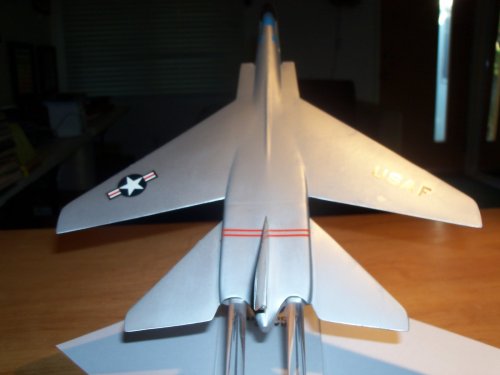
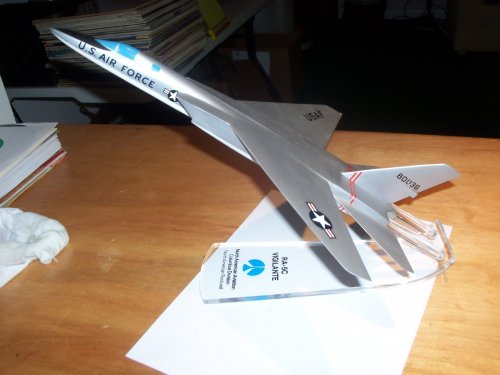
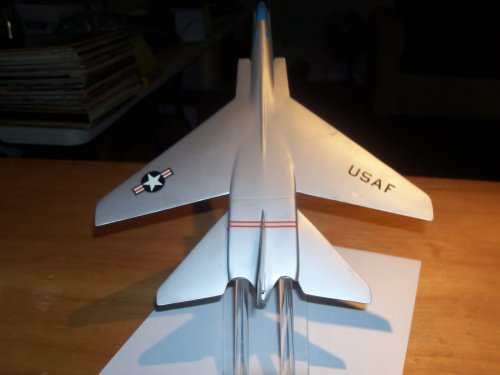
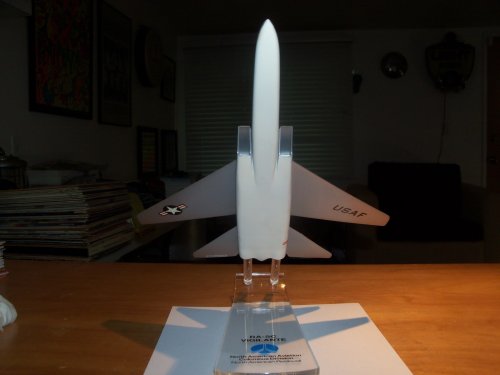
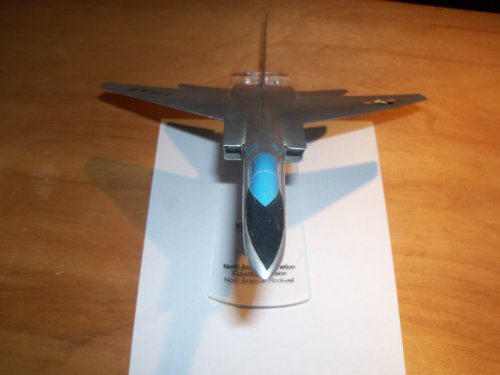
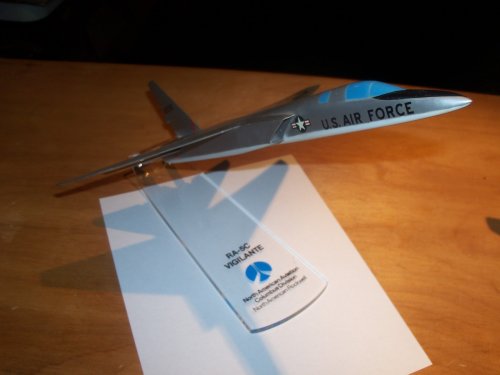
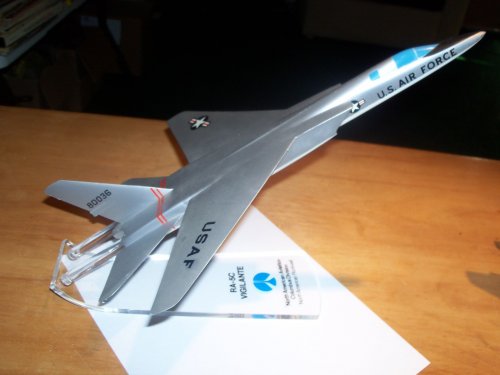
Tailspin Turtle said:It's a big help, thank you very much. It's apparent that North American assigned different model numbers to relatively minor configuration changes to the basic type whereas other companies, in most cases, kept the same model number for the same basic airplane.
For more, see https://tailhooktopics.blogspot.com/2020/03/north-american-general-purpose-attack.htmlNotional, based on the patent, span and length dimensions, J46 three views, and some assumptions/design requirements. More later,
Great effort and many thanks Tailspin Turtle for time and effort!Notional, based on the patent, span and length dimensions, J46 three views, and some assumptions/design requirements. More later,
For more, see https://tailhooktopics.blogspot.com/2020/03/north-american-general-purpose-attack.htmlNotional, based on the patent, span and length dimensions, J46 three views, and some assumptions/design requirements. More later,
